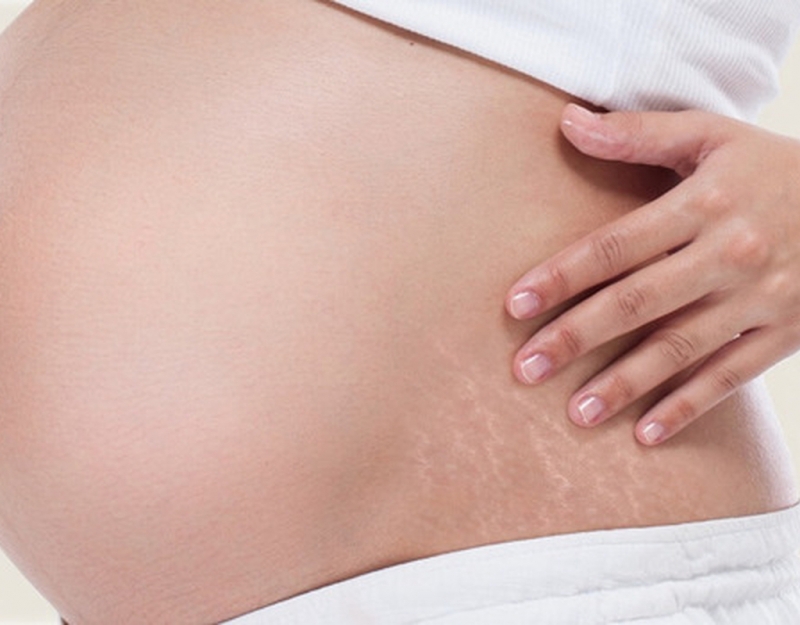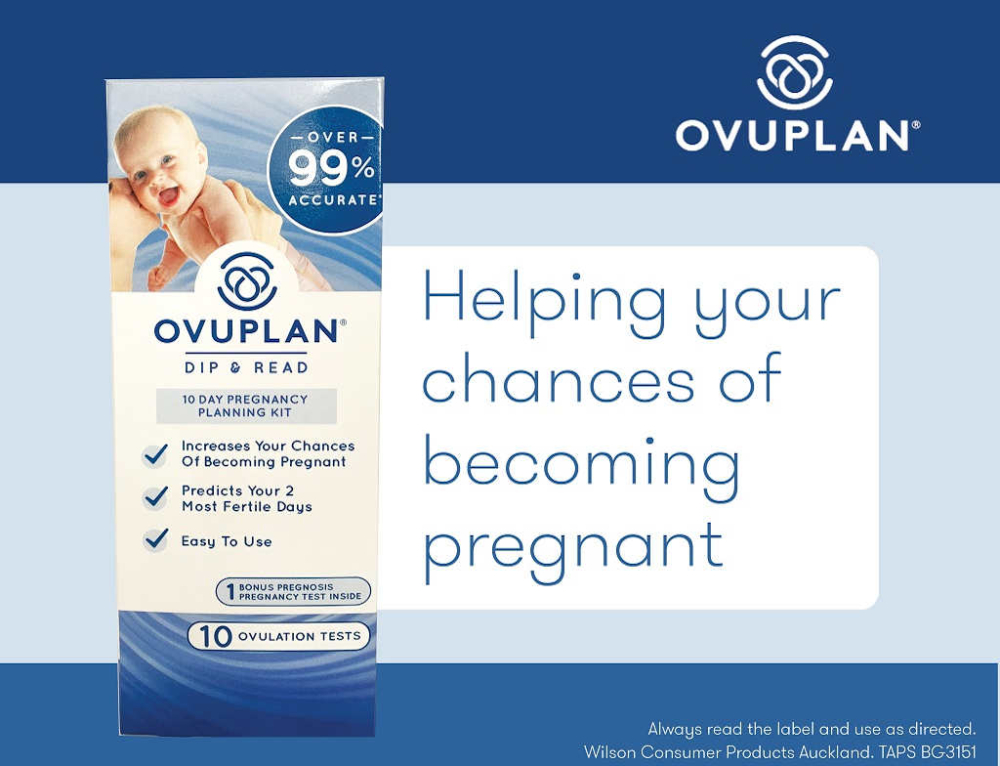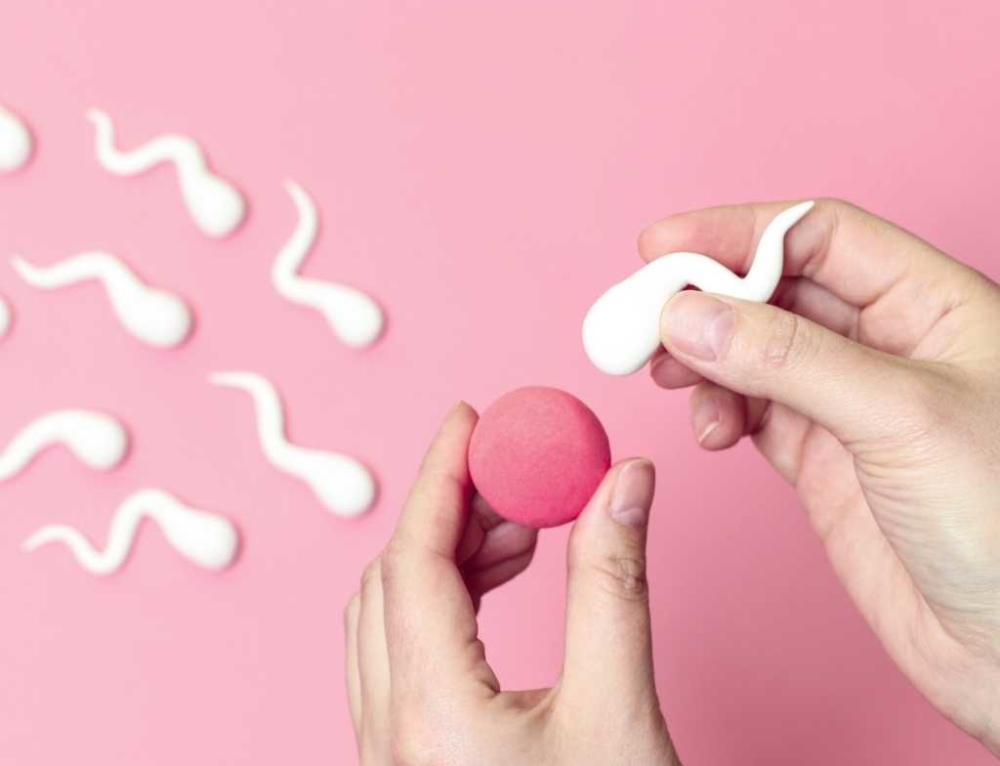Can stretch mark lotions and potions ever remove unsightly stretch marks? The 70% of all pregnant women who get stretch marks may wish stretch marks could be cure – but the truth is that stretch marks will only ever fade, never go away.
Stretch marks are actually scars that develop in the dermis, the deep layers of the skin. A stretch mark happens when the collagen fibres that give our skin its elasticity are stretched too far, too quickly and break. Fast weight gain commonly results in stretch marks and so it comes as no surprise that so many pregnant women end up with stretch marks due to the rapid stretching of the skin, particularly around the belly, lower back, thighs and bum.
So can anything prevent stretch marks appearing in the first place? And is there anything that can repair the damage stretch marks cause to the skin?
Preventing stretch marks
First, the bad news. As stretch marks tend to be hereditary, there is very little you can do to prevent them. Depending on the make up of the collagen and elastin in your skin, you are more or less likely to get stretch marks. You are more likely to get stretch marks in pregnancy if your mother got stretch marks during pregnancy.
You can, however take some simple steps to minimise the potential for stretch marks by:
- Drinking plenty of water. Water will keep your skin elastic and healthy and will allow your skin to ‘give’ a little when stretching.
- Avoiding salty and caffeinated foods and drinks. To keep your skin elastic, you should avoid eating or drinking anything that may dehydrate you.
- Eating well. Maintain a balanced and nutritious diet during pregnancy and you will be less vulnerable to sudden weight gains and the resulting stretch marks. While you can’t avoid the growth spurts your baby experiences during pregnancy, you can certainly avoid the ‘eating for two’ weight gains! Stretch marks can be more likely to develop if you have certain dietary deficiencies. Make sure you have the recommended amount of Zinc-rich foods such as fish and nuts, foods containing vitamin E, A, C & D, and protein rich foods.
- Keeping your skin supple. Creams that prevent stretch marks do most of their good work by keeping the skin soft and flexible. The suppler your skin is, the less likely stretch marks are to occur.
Getting rid of stretch marks
So the damage is done. Now the question is: what can I do to get rid of my stretch marks?
Again, the bad news first. There is no one miracle cure to get rid of stretch marks. Whether you take aggressive action or none, your stretch marks will fade over time but will always be visible on your body.
There are however, some steps you can take to minimise the appearance of your stretch marks:
- Natural products such as cocoa butter, lanolin, Aloe Vera and wheat germ oil will help to rebuild your skin. Massage them into the affected areas regularly and they will lighten the appearance of your stretch marks. While creams can’t penetrate down to the dermis, where the damage has been done, creams will make your skin more supple which will make your stretch marks look lighter.
- Prescription creams can have a positive effect on new stretch marks – but as these creams are not recommended during pregnancy or breastfeeding, many mothers find that their stretch marks are already too odd for effective treatment with this type of cream.
- Surgical procedures can remove stretch marks with varying success. Obviously undergoing surgery to minimise stretch marks has its own risks, but if you consider your stretch marks unsightly enough to consider taking this step, there are a variety of options available. Microdermabrasion removes the top layer of skin and has minimal risk of additional scars; laser surgery can be very effective in the improvement o f stretch marks though it may take multiple visits and take up to a year to see the full effect; and a tummy tuck, which involves the removal of the affected skin.
This article was written by Ella Walsh for Kidspot NZ, New Zealand’s best family health resource.
Find more:







Leave A Comment
You must be logged in to post a comment.